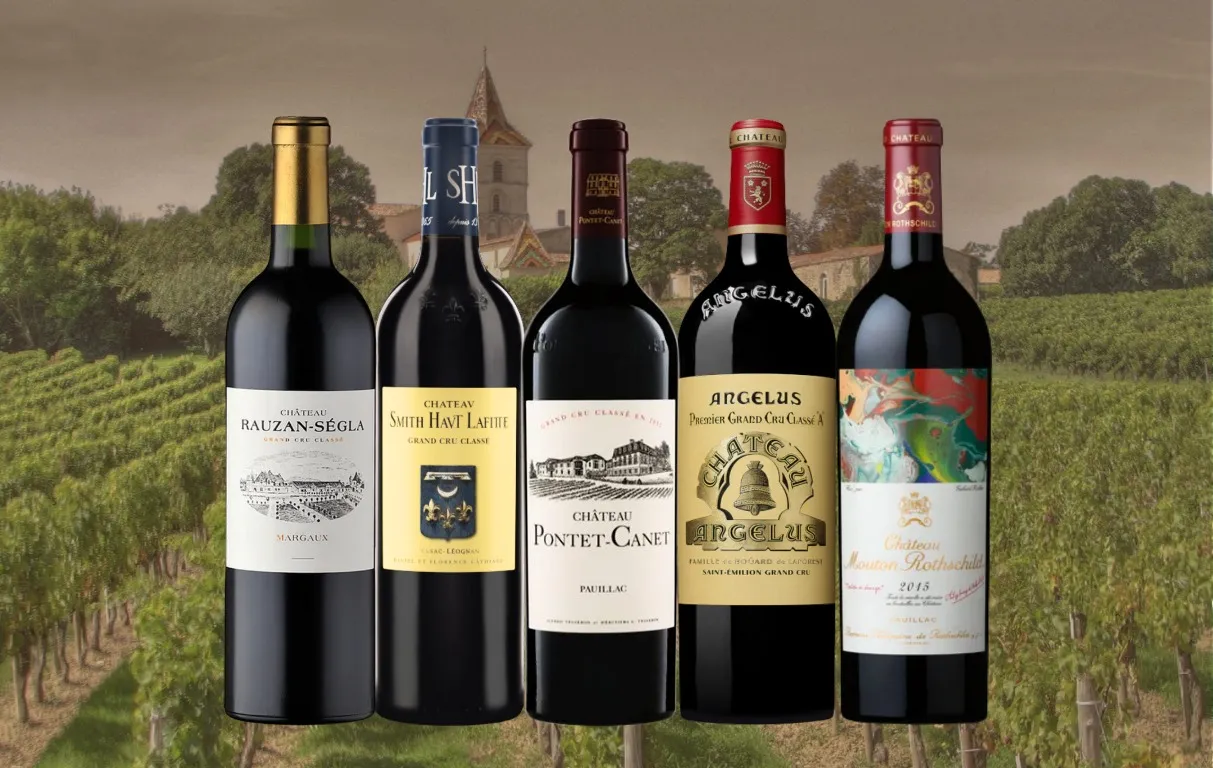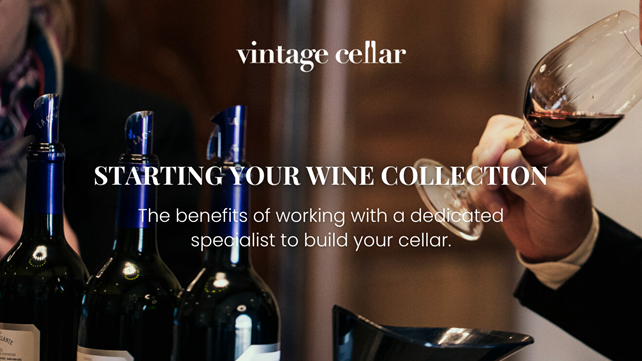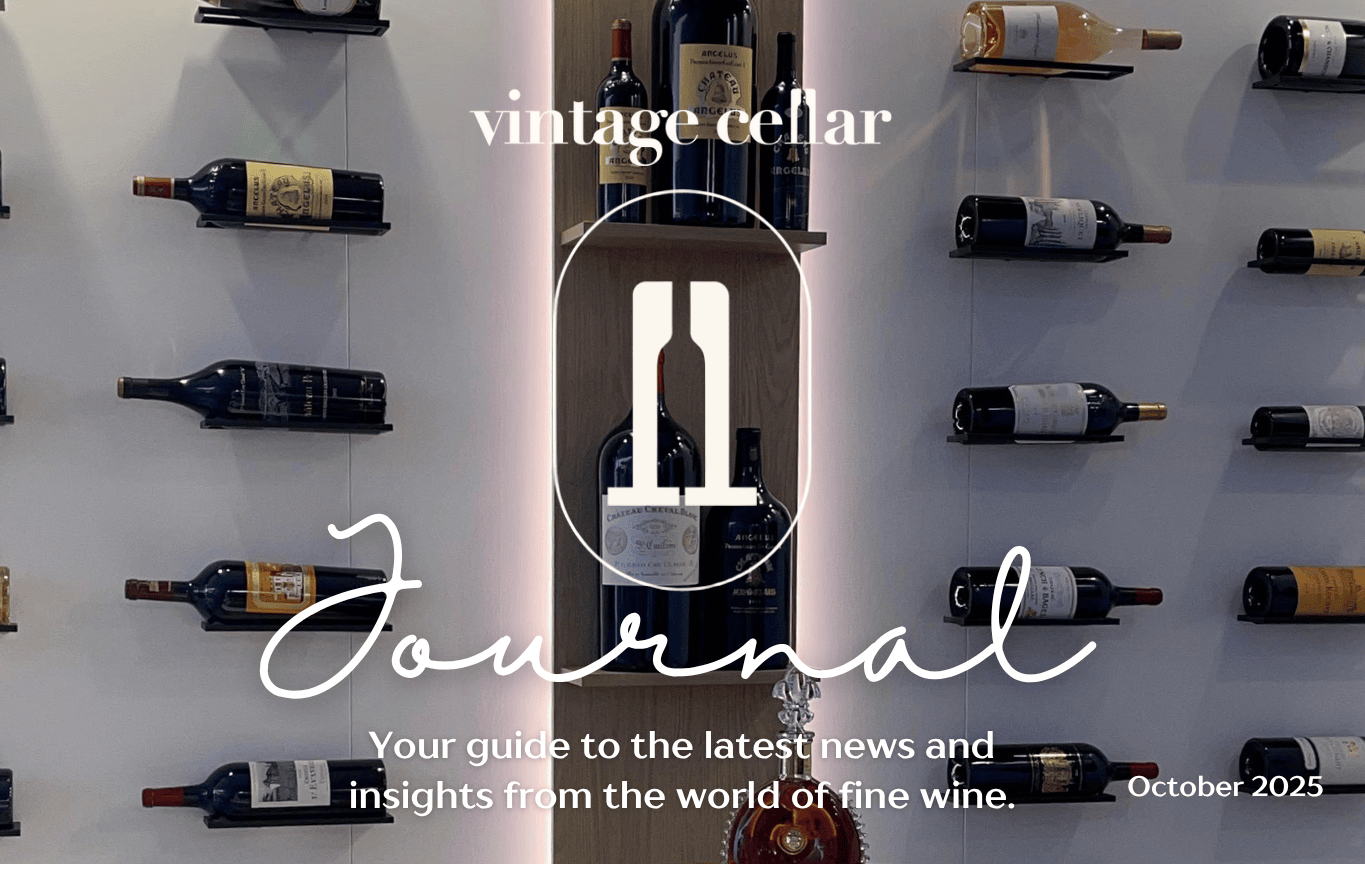
Vintage Wine Cellar Tours: 5 Exclusive Secrets
Vintage Wine Cellar Tours: Uncover 5 Exclusive Secrets The act of acquiring fine wine has evolved from a passive hobby into a sophisticated exercise in global asset management. For the discerning collector, a bottle of truly vintage red wine is more than just a beverage; it is a complex, perishable asset that requires verifiable provenance, flawless storage, and expert stewardship. This necessity elevates the simple vineyard visit into a crucial element of investment due diligence. The journey begins with seeking access to the source a vintage wine cellar tours experience that allows the collector to see beyond the label and inspect the environment that dictates the wine’s fate. For Vintage Cellar, providing access to these insights is fundamental to securing client trust and guaranteeing the integrity of their portfolio. The difference between a profitable, long-aged vintage and a compromised bottle often lies hidden in the cellar’s deepest secrets. This guide reveals the five exclusive secrets that transform a standard vintage wine cellar tours experience into a strategic masterclass in asset protection, acquisition, and connoisseurship, ensuring that every vintage red wine purchased will achieve its maximum potential. Secret 1: The Expert Access Gate to Rare Red Wine Procurement The first, most exclusive secret of vintage wine cellar tours is that the value lies less in viewing the dusty bottles and more in gaining access to the producers and expert advisors who control the allocation of the world’s most sought-after assets. This privileged access is the gateway to successful rare red wine procurement. From Tourist to Insider: Bespoke Vineyard Experiences A high-end vintage wine cellar tours program, such as the Vintage Cellar wine trips, is strategically designed to bypass public tasting rooms and introduce clients directly to châteaux owners, winemakers, and the dedicated experts who facilitate rare red wine procurement. Standard tours might show you a vineyard; bespoke vineyard experiences allow you to walk the rows with the owner, taste straight from the fermenting tank during harvest, or access library wines that are not available to the public. These bespoke vineyard experiences are crucial because most of the world’s finest wines are made in limited quantities with tightly controlled supply, making external access nearly impossible without established, high-level relationships. The goal of these Vintage Cellar wine trips is to transform a passive purchase into an active partnership. The aged Bordeaux cellar visit, for instance, is not merely sightseeing; it is an opportunity to perform crucial vintage assessment. By witnessing grape sorting stringency and fermentation techniques first-hand, the collector gains intelligence about the vintage quality that “far beyond published reports and critics’ scores”. This unique insight is invaluable for making informed purchasing decisions for future rare red wine procurement, especially for en primeur buying. The Acquisition Advantage By leveraging a focused vintage wine cellar tours structure, Vintage Cellar ensures that clients meet the dedicated expert advisor who will serve as their concierge and guide. This advisor provides continuous guidance, filters market noise, spots undervalued vintages, and, most importantly, secures access to exclusive collectible wines and spirits that are not available on the open market. This kind of trusted rare red wine procurement is essential for acquiring the best vintage red wine with guaranteed provenance. Secret 2: The Silent Audit of Old Wine Storage Conditions The second secret is realizing that the vintage wine cellar tours provide a physical, visual audit of the storage environment the single most critical factor determining a vintage red wine‘s financial and sensory value. Since the resale market operates largely on an “as-is” basis, where the buyer assumes the risk of a flawed bottle , the condition of the asset becomes paramount. The True Cost of Inconsistent Storage During an aged Bordeaux cellar visit, the collector must observe the old wine storage conditions meticulously. A fine wine’s quality is highly sensitive to its environment; any significant temperature fluctuations are often referred to as “the kiss of death” for long-term aging potential. The ideal old wine storage conditions require stability: temperatures should be maintained consistently between $13^{\circ}\text{C}$ and $15^{\circ}\text{C}$ ($55^{\circ}\text{F}$ and $59^{\circ}\text{F}$), and relative humidity should be kept between 70% and 80%. Deviation from these strict old wine storage conditions causes catastrophic damage. Excessive heat triggers unwanted chemical reactions, causing the wine to “cook” or oxidize prematurely, while low humidity can dry out corks, allowing oxygen seepage. The old wine cellar environment should be dark and minimize vibration. By physically inspecting professional cellars whether a traditional cave or a modern luxury wine storage environment the collector validates the provenance claims of the wines stored within. For investment-grade wines, like a best vintage red wine, confirmed, professional old wine storage conditions guarantee the asset’s integrity for its entire aging potential. The Forensic Visual Check An effective vintage wine cellar tours experience includes training the collector on forensic visual inspection. This involves checking elements that reveal a bottle’s past: Label Integrity: A label that is overly clean or scrubbed may suggest attempts to conceal water damage or fraudulent residue. Conversely, labels that are slightly damp or moldy may confirm ideal, humid old wine storage conditions. Since label condition can impact resale valuation by 5% to 10%, this check is vital. Ullage: This is the fill level of the wine inside the bottle. Excessive ullage (empty space) or inconsistent levels across similar bottles in a lot can indicate poor sealing, heat damage, or potential tampering all major red flags. This systematic visual audit during an aged Bordeaux cellar visit is part of the rigorous wine collector due diligence that Vintage Cellar promotes. Secret 3: The Technology That Creates a Luxury Wine Storage Environment The third secret is the integration of modern smart wine cellar technology that elevates a standard old wine cellar into a high-security, transparent luxury wine storage environment. This technology ensures asset security and allows the collector to track their portfolio with precision. The Modern Luxury Wine Storage Environment The days of a passive, unreliable basement cellar are over for serious collectors. A premium luxury wine storage environment features industrial-grade climate control,













